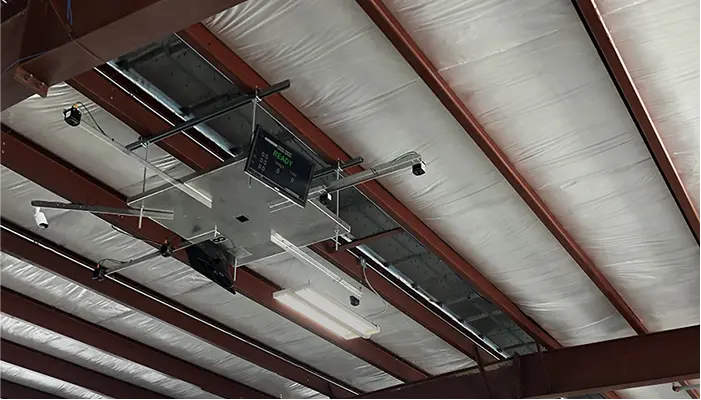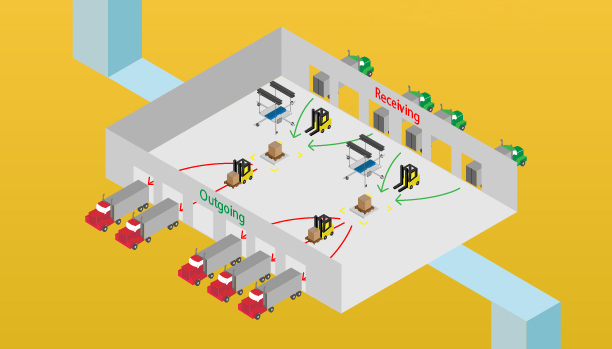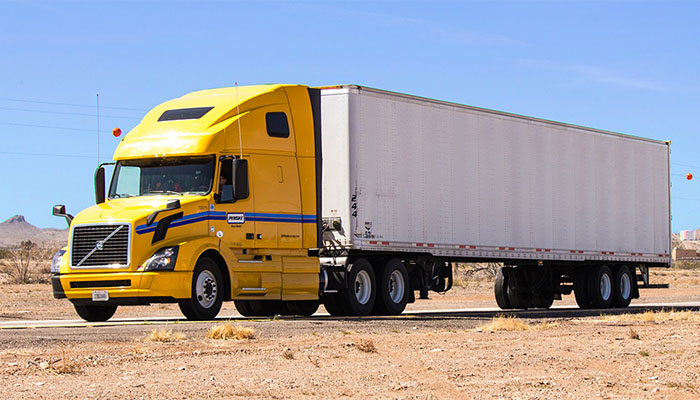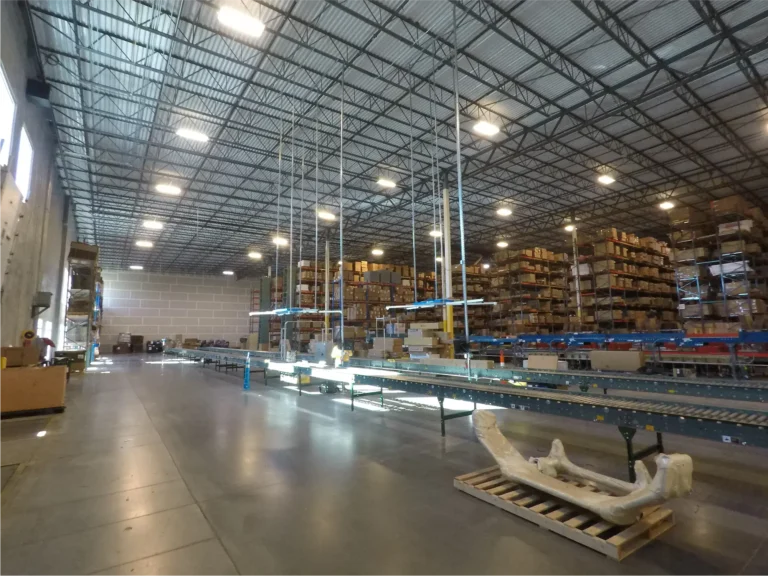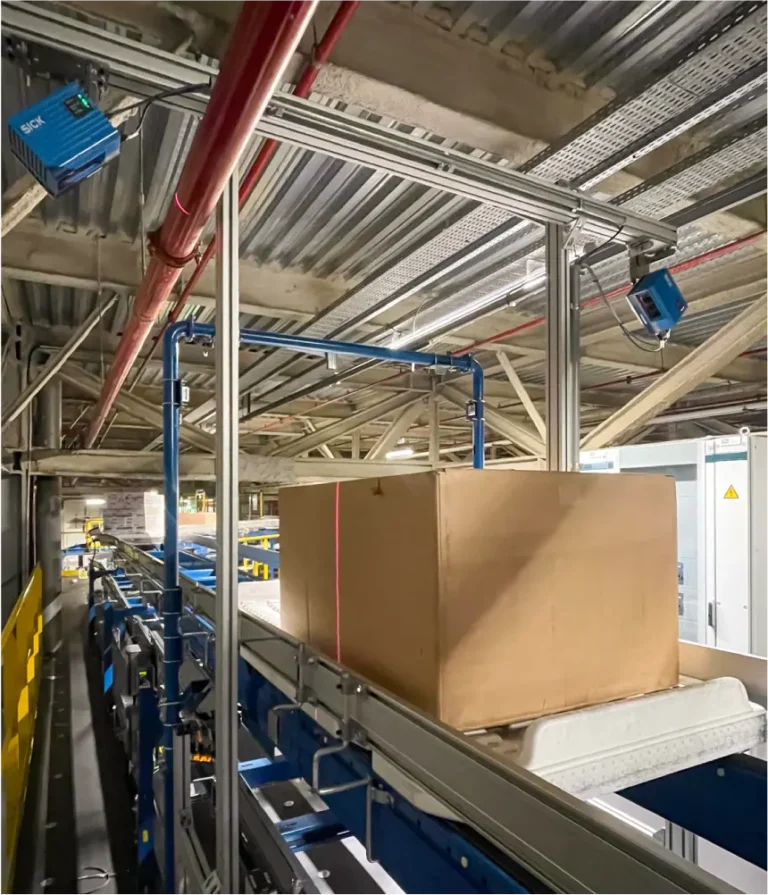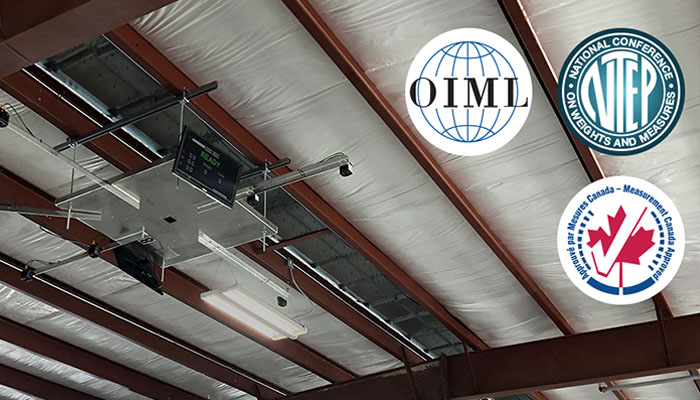LTL shipping can be an efficient way to move freight when it doesn’t make sense to ship a full truckload. But, it’s easy to lose money on costly mistakes if you’re not careful. If you want to see what you might be doing wrong, and avoid potential pitfalls, take a look at our list of the top 10 most common LTL shipping mistakes.
Mistake 1: Not insuring your freight
Life is full of surprises, and the same goes for shipping freight. If your freight is not insured, everything from natural disasters to theft and traffic accidents can all end up costing your company thousands. In addition to giving you peace of mind, purchasing insurance is the only way to make sure that your investment is truly protected. If you don’t want to be stuck paying an arm and a leg for future accidents, don’t forget to insure your freight.
Mistake 2: Overlooking freight brokers
Freight brokers have become the middlemen between shippers and carriers, helping them create relationships and save money. To help shippers, freight brokers determine their needs and find a carrier who will offer them service at fair price. At the same time, they’re building valuable business connections and relationships for the carriers. Chances are, if you aren’t taking advantage of freight brokers, you’re probably losing money.
Mistake 3: Not using pallets to ship your freight
Either palletize your shipments or pay the price when your packages move around a truck and cause damage. While palletizing freight may add a little time to your process, it’s the best way to ensure the safety of your freight – and other’s – when shipping LTL.
Mistake 4: Not confirming address information before shipping
Double checking addresses should become second nature. We highly recommend confirming your address and the receiver’s before any shipment is scheduled. This guarantees no miscommunication, no extra costs, and no headaches.
Mistake 5: Assuming delivery schedules are “guarantees”
A delivery schedule is never a guarantee. Delivery schedules can, and inevitably do, change. As a shipper, you should never assume that an estimated delivery date is set in stone. That said, if you absolutely need freight delivered by a particular date or time, you can request a guarantee from many carriers. It’s the only way to ensure that your freight arrives on time. And if it doesn’t, at least you’ll be protected.
Mistake 6: Ignoring ground transit as an option
Many shippers believe that shipping by air is always faster than shipping by ground, but that’s simply not the case. Sometimes shipping by ground can actually be faster and more efficient than shipping by air. We suggest exploring all your shipping options each time you ship freight. It’s never going to hurt, and occasionally it can really pay off.
Mistake 7: A send it and forget it mentality
Shippers can develop a very normal, but bad habit of trusting their carriers explicitly. Never send freight and forget about it, or trust that everything will always work out. If you’re not already doing so, we suggest monitoring the status of your shipments so you can make sure they arrive on time. Doing this will allow you to alert your customers of any issues before they alert you, which can be awkward to say the least.
Mistake 8: Not comparing rates
No two companies are alike, and the same can be said for their rates. To save money, always research and compare the rates and standards of different carriers. You might be surprised at the cost differences when shipping some items. The last thing you want to do is spend more money than you need to.
Mistake 9: Choosing the wrong service
It’s good business to ensure that your customer’s shipping expectations are met. Do your best to not only find the best rate for you, but also the best solution for your customer’s needs. Sometimes paying a little extra on your end is best if it keeps a good customer coming back for more.
Mistake 10: Guessing or estimating shipping weights and sizes
This is probably the most common error made by shippers, and it’s easily avoidable. It should be standard operating procedure to collect your own freight dimensions, weight and density – if the dimensions are certified, it’s even better.That way, when a carrier comes back with a re-class fee, you have your own dimensions to fall back on, which can help you refute the claim.
Give It A Shot
Now that you know some of the biggest mistakes shippers make when shipping via LTL, you can do your best to avoid them. Try following our advice on the next few shipments you make and see how much they truly help you save money and avoid potential hassles along the way.
For more articles like this, subscribe to our newsletter!
Was this article helpful?
Michael Eichenberg is the co-founder and CEO of FreightSnap, allowing the supply chain, logistics, manufacturing, distribution and transportation industries to measure, weigh, photograph and ID pallets and parcels in just seconds. Learn more and share your ideas on Facebook and LinkedIn.


